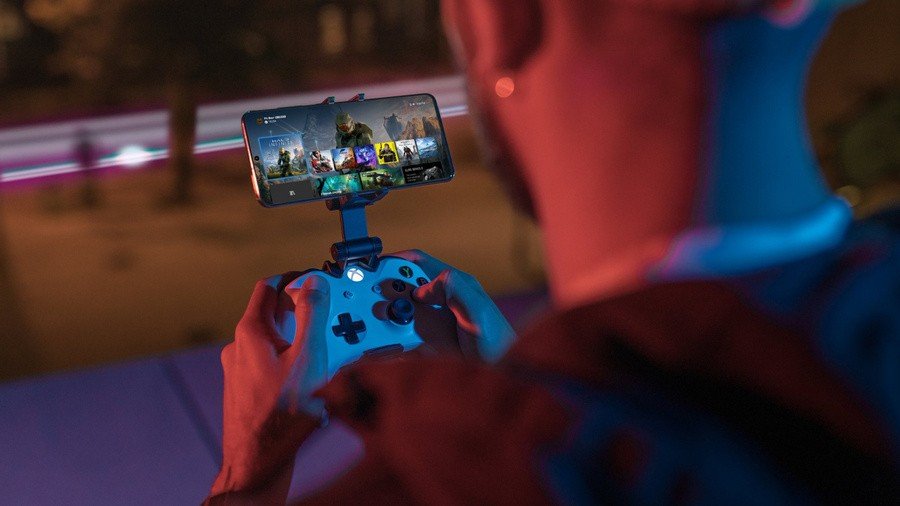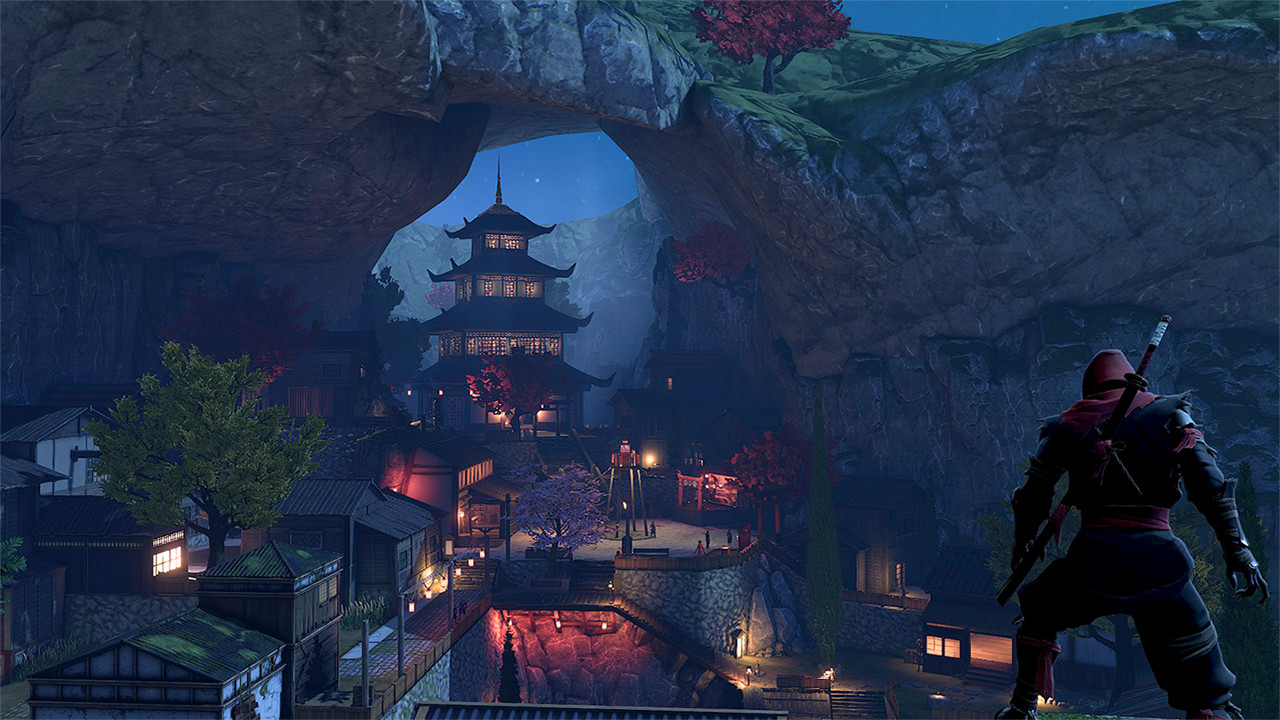

NVIDIA Image Scaling was released a few days ago as an updated version of NVIDIA’s own spatial upscaling technology. The new algorithm uses a 6-tap filter with 4 directional scaling and adaptive sharpening filters to boost performance, and its sharpening and upscaling occur in a single pass, making it more efficient than similar methods according to NVIDIA.
As we’ve said in our report, NVIDIA Image Scaling doesn’t rely on any proprietary software and therefore its in-game implementations will be usable regardless of your graphics card’s manufacturer (AMD, or even Intel). However, no games have native support for NIS yet, and AMD or Intel users obviously cannot rely on NVIDIA’s Control Panel or GeForce Experience software to activate it.
That can be circumvented through programs like Lossless Scaling, though, whose 1.6 release now supports NIS in addition to FSR.
Added another great upscaler – NIS (NVIDIA Image Scaling).
Notes:
The sharpness setting is unified for both FSR and NIS in the range [0–1.0], where 1.0 is the maximum sharpness.
Lossless Scaling isn’t free software (there is a demo, but the full version is priced at $3.99), but if you already own it, there’s another option now available for you to try.
This version of NVIDIA Image Scaling isn’t quite as good as the native one, by the way, as the developer of Lossless Scaling candidly admitted on the Steam forums.
It uses the official shader but has FP16 support not enabled for now as it has been confirmed not to work on the RTX 3000 for some reason.
Also, I do not know exactly what implementation they use in the driver, and for sure they do not waste GPU resources on image capture.
If you own an NVIDIA graphics card and have been having issues with getting the custom resolution created by NIS to show in the games, download the GeForce hotfix driver 496.84.
The post NVIDIA Image Scaling Can Now Be Used on AMD or Intel Through Lossless Scaling by Alessio Palumbo appeared first on Wccftech.




